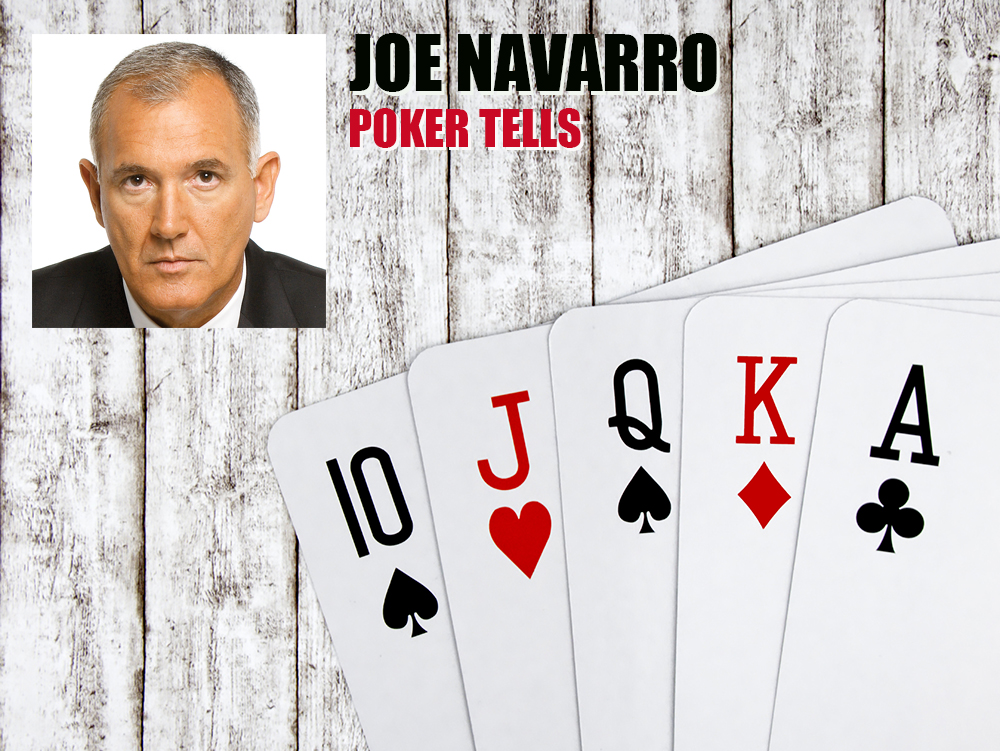Here are my top 20 thoughts on poker tells
• Getting a baseline of behaviors on opponents is critical. It will enable you to better assess if opponents are weak. Watch them when in play and out and note everything about them.
• Changes in behaviors (tells) mean changes in thoughts, feelings, perceptions or intentions. Don’t ignore changes as all behaviors have meaning.
• If you see discomfort/comfort behaviors from a player, discomfort takes primacy as most likely there are hidden issues or concerns.
• When we’re bluffing, we tend to lack confidence. Look for confidence displays that say I’m strong; when they’re missing the player most likely is weak.
• All tells must be observed in context.
• I’m a firm believer players should look at hole cards out of sequence. When you look at your cards in sequence, you’re guaranteeing everyone is noting your tells.
• Look for tells outside the poker arena so that when you’re playing you don’t have to think about them.
• If an opponent overplays a pacifier (any self-soothing behavior) so you’ll take notice, they’re likely bluffing.
• The most immediate response in relation to a stimulus, is going to be the most accurate. Tells slow in coming are more likely contrived for the purpose of perception management.
• Weak or marginal players will engage in personal attacks or arguments more often than strong.
• Some players increase chatter when nervous. This happens with extroverts who find comfort in talking to reduce tension.
• If you can’t read someone at all, go with betting patterns and statistics. Don’t try to invent tells where there are none.
• Some players have read my books and have mastered displaying no usable info by holding still or by giving out false tells.
• Avoid staredowns, as those tend to put players on tilt.
• Just because you didn’t see a tell doesn’t mean it wasn’t there.
• Observe others without being intrusive. Try to see multiple people at once so you’re not staring at them.
• If a player thinks he’s weak then that’s exactly what you’re going to see, signs of weakness. Remember you are reading perceptions of reality, not reality.
• Make sure you can hear those around you. Exhales of stress, are often missed when players are using headphones.
• Reading tells is a perishable skill; it takes practice.
• The key to mastering tells is to learn what many authors have to say on the subject: Go out and look for them, become comfortable observing others.
— Joe Navarro is a former FBI agent and author of What Every Body is Saying and 200 Poker Tells. Follow him on Twitter at @navarrotells.




